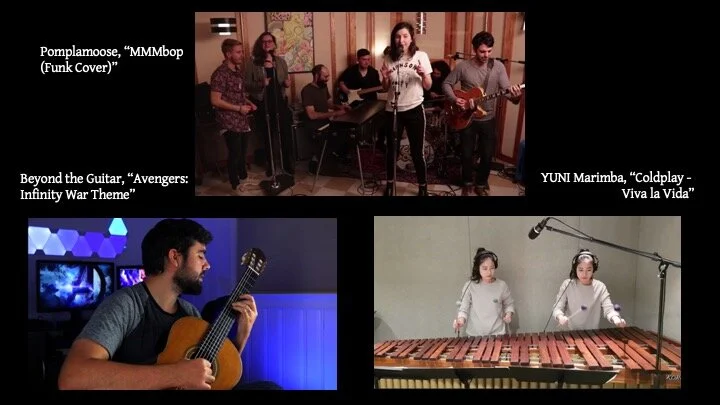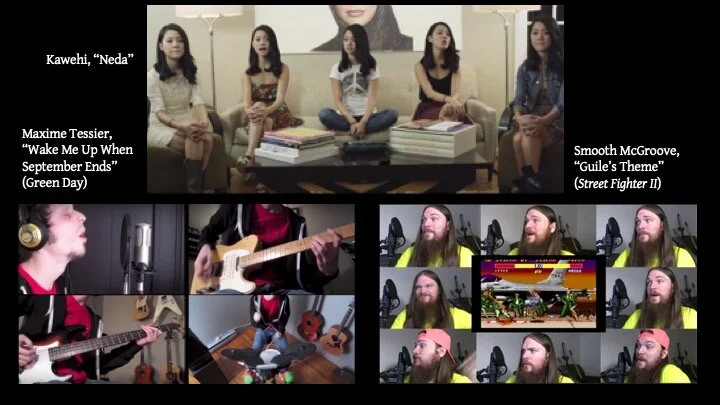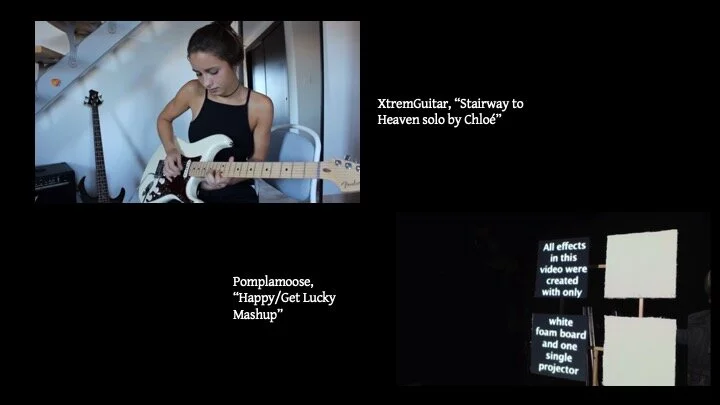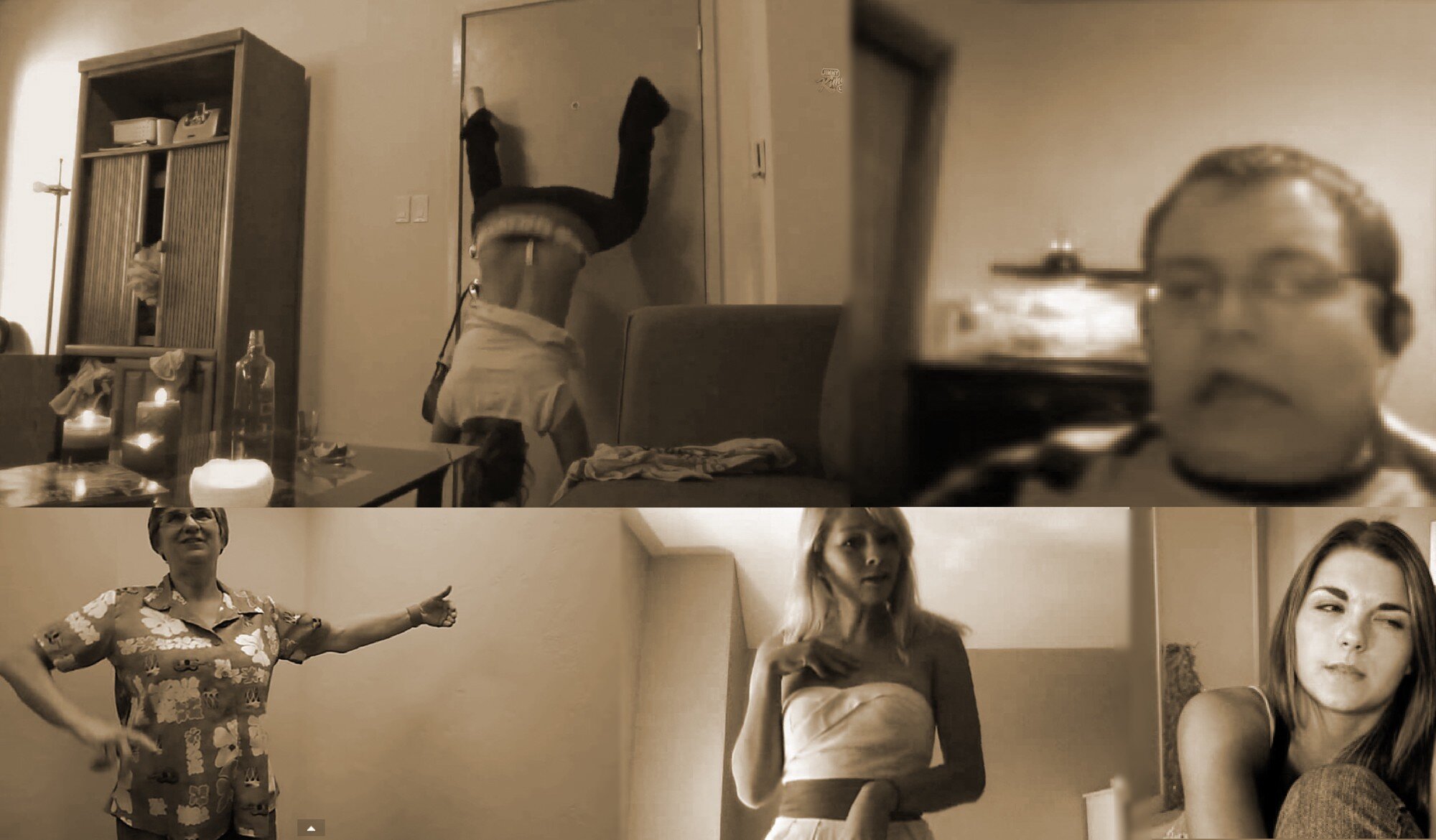Cover songs—and the various forms of multimedia that currently surround them in popular culture—are a vital area for investigation, as a way of understanding and untangling many of the aesthetic issues in music, from originality to creativity, authorship to transformation and transcription. As the frisson of recognition collides dramatically with the unfamiliar affect of humor, a dazzling technique, or complex web of loops, a cover song forever changes our understanding of the original tune. After this presentation, I defy you to listen to any of these songs—or to look at a butternut squash—in the same way again.
Selected Bibliography
Boone, Christine. 2013. “Mashing: Toward a Typology of Recycled Music.” Music Theory Online 19(3).
Bungert, James. 2015. “Bach and the Patterns of Transformation.” Music Theory Spectrum 37/1: 98–119.
Butler, Mark J. 2014. Playing with Something That Runs: Technology, Improvisation, and Composition in DJ and Laptop Performance. Oxford and New York: Oxford University Press.
Cayari, Christopher. 2017. “Music Making on YouTube.” In The Oxford Handbook of Music Making and Leisure. Edited by Roger Mantie and Gareth Dylan Smith. Oxford and New York: Oxford University Press.
De Souza, Jonathan. 2017. Music at Hand: Instruments, Bodies, and Cognition. Oxford and New York: Oxford University Press.
De Souza, Jonathan. 2018. “Fretboard Transformations.” Journal of Music Theory 62/1: 1–39.
Dolan, Emily I. 2010. “’This little ukulele tells the truth…’: Indie Pop and Kitsch Authenticity.” Popular Music 29/3: 457–469.
Dolan, Emily I. 2012. “Toward a Musicology of Interfaces.” Keyboard Perspectives 5: 1–13.
Gawboy, Anna. 2009. “The Wheatstone Concertina and Symmetrical Arrangements of Tonal Space.” Journal of Music Theory 53/2: 163–190.
Gracyk, Theodore. 2012/13. “Covers and Communicative Intentions.” Journal of Music and Meaning 11: 23–46.
Harper, Paula. 2019. “Unmute This: Circulation, Sociality, and Sound in Viral Media.” Ph.D. diss., Columbia University.
Klorman, Edward. 2018. “Performers as Creative Agents; or, Musicians Just Want to Have Fun.” Music Theory Online 24(3).
Lacasse, Serge. 2000. “Intertextuality and Hypertextuality in Recorded Popular Music.” In The Musical Work: Reality or Invention? ed. Michael Talbot. Liverpool University Press.
Malawey, Victoria. 2010. “An Analytical Model for Examining Cover Songs and Their Sources.” In Pop Culture Pedagogy in the Classroom, ed. Nicole Biamonte. Lanham, MD: Scarecrow Press.
Miller, Kiri. 2012. Playing Along: Digital Games, YouTube, and Virtual Performance. Oxford and New York: Oxford University Press.
Mosser, Kurt. 2008. “‘Cover Songs’: Ambiguity, Multivalence, Polysemy.” Popular Musicology Online 2.
Parry, Richard. 2014. “Episteme and Techné.” The Stanford Encyclopedia of Philosophy. https://plato.stanford.edu/entries/episteme-techne/.
Plato. 1997. Plato: Complete Works. Ed. John M. Cooper. Indianapolis: Hackett Publishing.
Rockwell, Joti. 2009. “Banjo Transformations and Bluegrass Rhythm.” Journal of Music Theory 53/1: 137–162.
Solis, Gabriel. 2010. “I Did It My Way: Rock and the Logic of Covers.” Popular Music and Society 33(3): 297 – 318.
Schiffer, Sheldon. 2016. “The Cover Song as Historiography, Marker of Ideological Transformation.” In Play it Again: Cover Songs in Popular Music, ed. George Plasketes. London: Ashgate.
[1] https://www.ifpi.org/downloads/Music-Consumer-Insight-Report-2018.pdf
[2] Susan McClary, Feminine Endings: Music, Gender, and Sexuality (Minneapolis: University of Minnesota Press, 1991), 137.















![Kawehi, “Heart-Shaped Box,” Introduction [Rough transcription]](https://images.squarespace-cdn.com/content/v1/53777798e4b0875c41487b50/1574451081592-3AJAJ2P891SFKUKYVXFQ/Kawehi+new+3.jpg)




